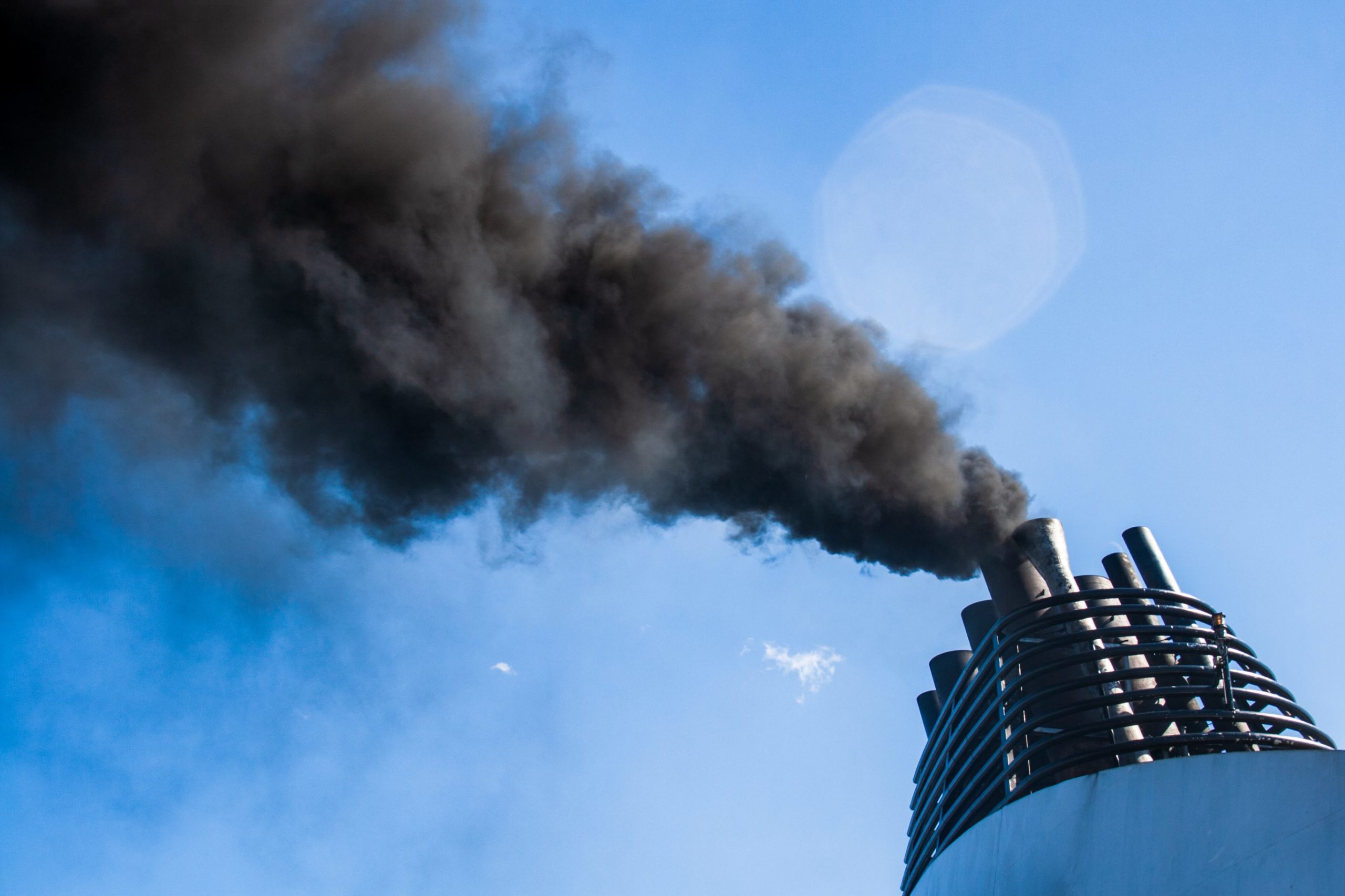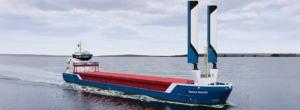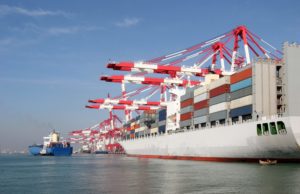The combined emissions of metals and other environmentally hazardous substances from ships is putting the marine environment at risk, says a new study from Chalmers University of Technology in Sweden.
When the researchers calculated the contaminant load from these emissions into the marine environment in four ports, it was found that water discharged from ships’ scrubbers, whose purpose is to clean their exhaust gases, accounts for more than 90% of the contaminants.
“The results speak for themselves. Stricter regulation of discharge water from scrubbers is crucial to reduce the deterioration of the marine environment,” notes Anna Lunde Hermansson, a doctoral student at the Department of Mechanics and Maritime Sciences at Chalmers, adding that it’s the large ships with high fuel consumption that install scrubbers, because it is more economical for them to do so.
She points out that the use of heavy fuel oil as a ship fuel also contradicts the commitments that the IMO has said it wants to make, such as reducing greenhouse gas emissions from shipping by 50 per cent by 2050. The Swedish Agency for Marine and Water Management and the Swedish Transport Agency have submitted a proposal to the Swedish Government to prohibit the discharge of scrubber water into internal waters, that is, waters that lie within the Swedish archipelago.
Traditionally, environmental risk assessments (ERA) of emissions from shipping are based on one source at a time. For example, the ERA might look at the risk from copper in antifouling paints. But as with all industries, shipping is an activity where there are multiple sources of emissions.
“A single ship is responsible for many different types of emissions. These include greywater and blackwater, meaning discharges from showers, toilets and drains, antifouling paint, and scrubber discharge water. That is why it’s important to look at the cumulative environmental risk in ports,” says Anna Lunde Hermansson who, with colleagues Ida-Maja Hassellöv and Erik Ytreberg, is behind the new study.
In this new study, the researchers at Chalmers looked at four different types of port environments to determine contaminant concentrations from five different sources. Actual data from Copenhagen and Gdynia were used for two of the ports. They were selected due to high volumes of shipping traffic, and a substantial proportion of these ships having scrubbers.
The results showed that the cumulative risk levels in the ports were, respectively, five and thirteen times higher than the limit that defines acceptable risk.
Port descriptions used internationally in ERAs were utilised for the other two port environments. One of these environments has characteristics typical of a Baltic Sea port, while the other represents a European port with efficient water exchange due to a large tidal range.
The researchers found that three out of the four port environments were prone to unacceptable risks according to the assessment model used.
They also saw that it was emissions from antifouling paint and scrubber discharge water that accounted for the highest levels of hazardous substances in the marine environment and had the highest contribution to the risk.
“It’s a step in the right direction, but we would have liked to see a stronger ban that extends across larger marine areas, while we also understand the challenge for individual countries to regulate international shipping,” says Erik Ytreberg, an associate professor at the Department of Mechanics and Maritime Sciences at Chalmers.



